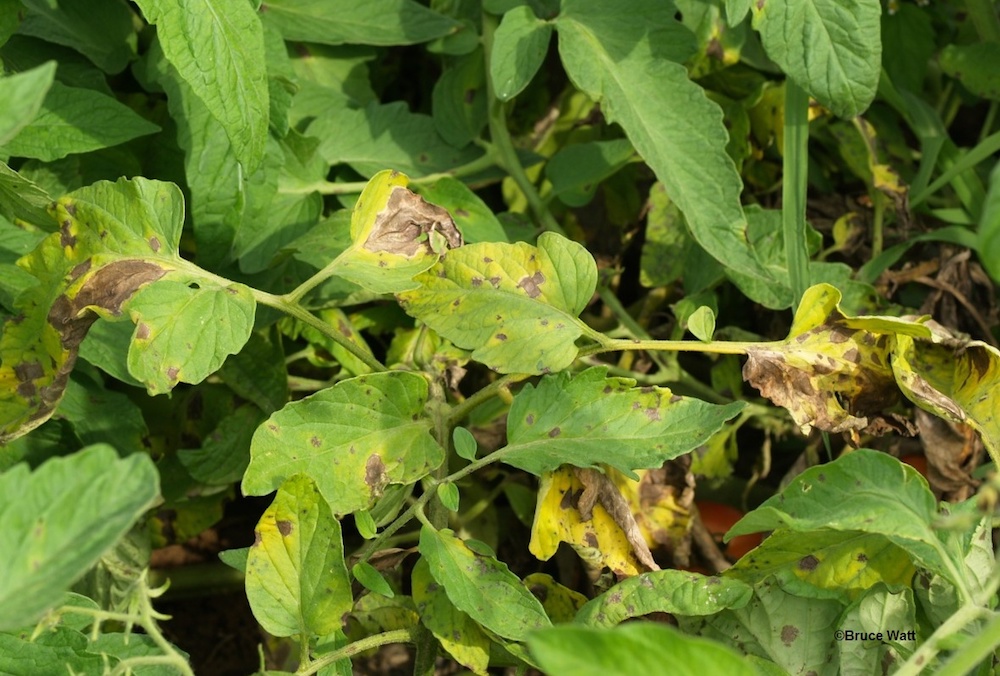
Episode 7: What’s Wrong With My Plant?
In this edition of Victory Garden for ME, learn about cultural practices to prevent diseases in your garden, how to diagnose a disease problem, common vegetable diseases, how and when to submit sample to our Plant Diagnostic Lab, and much more!
Helpful Tips and Resources:
The first, best, place to get answers to your gardening questions is by contacting your UMaine Extension County Office.
The experts in Orono at the UMaine Extension Plant Disease Diagnostic Lab can handle the trickier questions. It is really important to get them the information in a clear, concise, and timely manner so they can get you the best answer.
Sometimes you can diagnose the problem by looking at the Plant Disease Fact Sheets and the
Plant Disease Photo Gallery first. Then you can contact your local county office to confirm your suspicion.
Some problems that look like insects or diseases are actually Plant Problems caused by Environmental Factors. Cultural & Environmental Problems in Vegetables are well documented and can sometimes be identified from photos.
When the photo galleries and the bulletins are not answering your questions then the process to have Plant Disease Diagnostic Testing done starts with the form.
The best plant sample to send is an area of the plant that is starting to show symptoms. If you have a plant that is dead at the tip and then transitions to unhealthy, then to healthy, the plant disease will be in the transition area but send a generous sample so there is plant material to work with. This is the most useful plant part to send since we grow the pathogen from this transition area and can identify it. How to Send a Plant Sample with a Form.
Within the Master Gardener Volunteer Manual, there are also references such as the UMaine Extension Vegetable Fact Sheets & Videos and the New England Vegetable Management Guide which contain additional information that can help you ask the right questions when something is wrong with your plant.
More information is available on UMaine Cooperative Extension’s website and in the video description. Please be sure to check out our next video on what do I do with my harvest?
